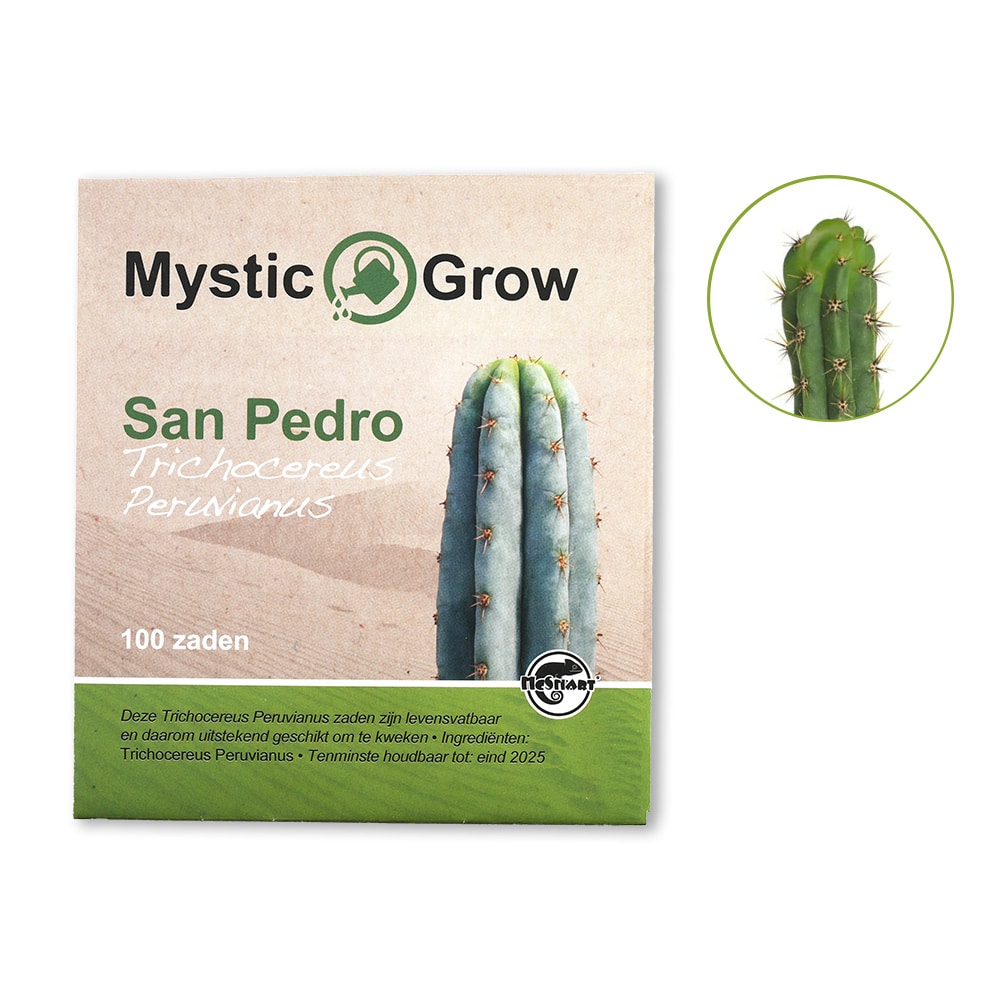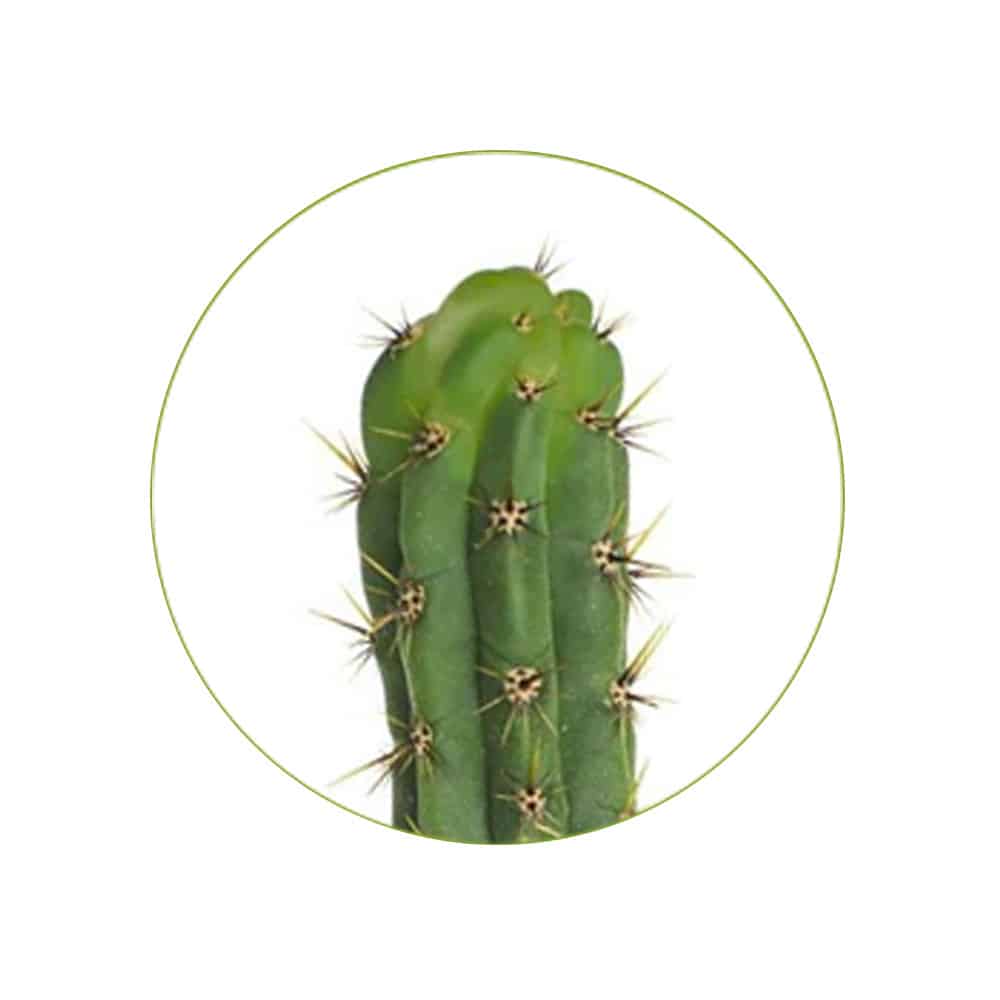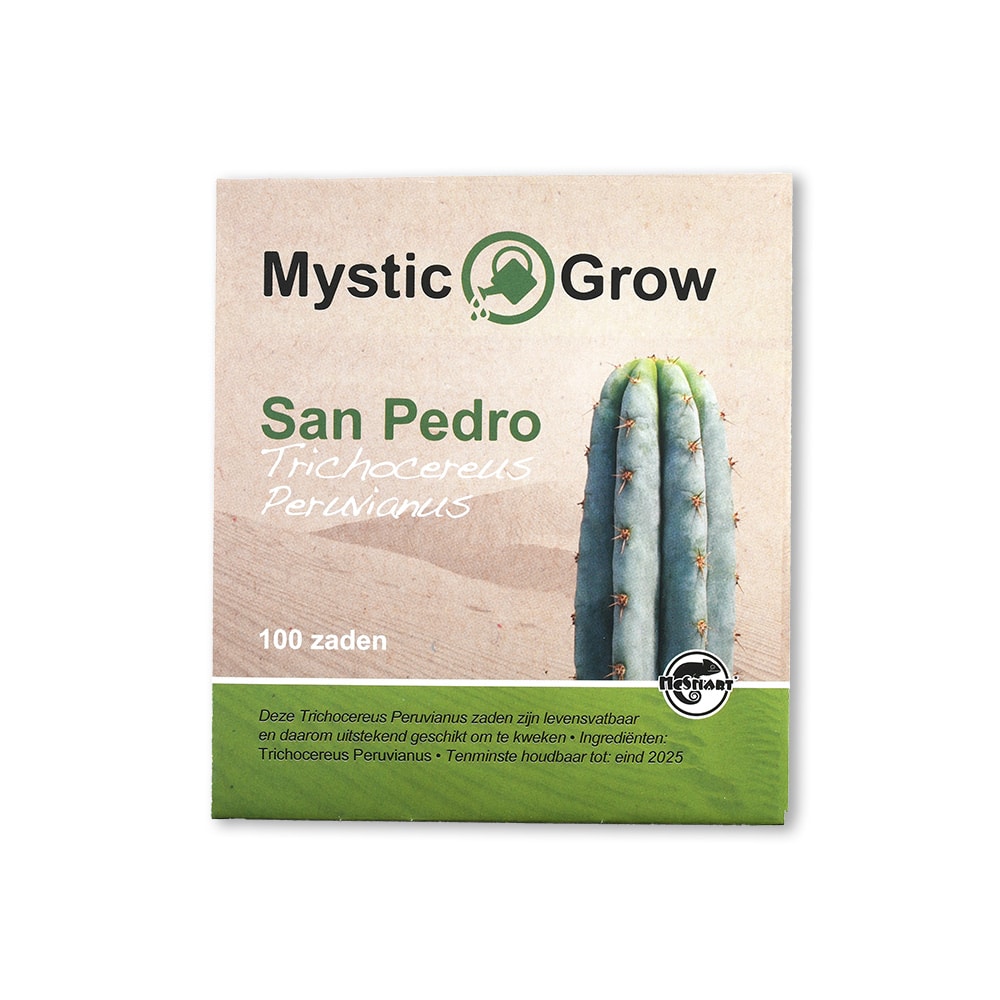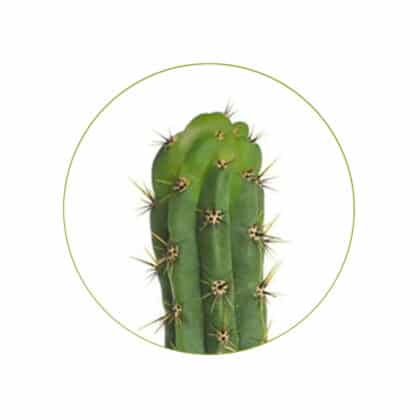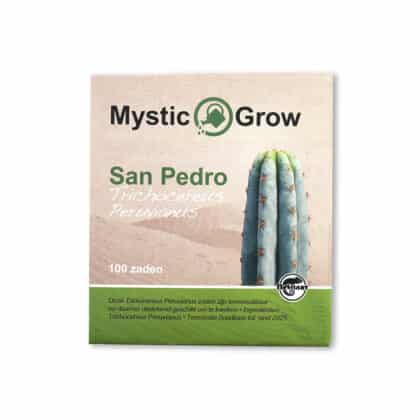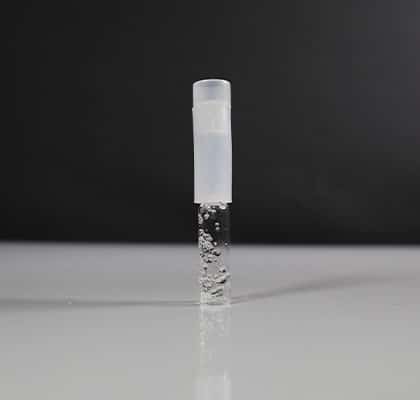San Pedro Peruvianus seeds
€13,00 incl. vat
Trichocereus Peruvianus, also known as the Peruvian Torch cactus, is a visually striking cactus native to Peru. Recognized for its bluish-green, columnar shape, this cactus is popular among enthusiasts for its aesthetic appeal and traditional uses. It thrives in dry, warm climates and is easy to cultivate, making it an excellent choice for home growers.
Grow your own cactus! Contains 100 seeds.
What is San Pedro Trichocereus Peruvianus?
Trichocereus Peruvianus is a cactus species originating from Peru. It belongs to the Echinopsis genus and is closely related to the Trichocereus Pachanoi, also known as San Pedro. The Peruvian Torch cactus is notable for its tall, cylindrical shape, often growing up to several meters in height. It features a bluish-green hue, prominent spines, and distinct ribs, which give it a unique and decorative appearance. Due to its resemblance to temple pillars, it is sometimes referred to as the “San Pedro cactus.”
This cactus has a rich history of traditional use and is appreciated for its resilience. It can flourish in various environments but prefers acidic, well-drained soil and ample sunlight. With proper care, the Trichocereus Peruvianus can be cultivated indoors or outdoors, making it a versatile plant for collectors and gardeners.
History of San Pedro Trichocereus Peruvianus
The history of Trichocereus Peruvianus is deeply intertwined with the cultures of South America. Indigenous people have valued this cactus for centuries, often using it in spiritual and medicinal practices. The name “San Pedro” is shared with Trichocereus Pachanoi and originates from Saint Peter, who is believed to hold the keys to heaven—a reference to the plant’s historical spiritual significance.
Like many cacti from the Andes region, Trichocereus Peruvianus has been part of traditional rituals. It was often used in ceremonies to facilitate visionary experiences and deep introspection. Over time, its cultivation spread beyond Peru, making it a sought-after plant for both botanical enthusiasts and those interested in its historical applications. Today, it remains a popular species among collectors and hobbyists worldwide.
How to Use San Pedro Trichocereus Peruvianus
Trichocereus Peruvianus is primarily grown as an ornamental plant. Due to its striking appearance and resilience, it is a favorite among cactus enthusiasts. It thrives in warm, dry climates and requires minimal maintenance once established. To grow this cactus, plant its seeds in slightly acidic, well-drained soil, ensuring high humidity during the germination period. Seedlings typically sprout within twelve days.
As it matures, Trichocereus Peruvianus requires full sunlight and occasional watering. It is essential to let the soil dry between waterings to prevent root rot. This cactus is well-suited for rock gardens, greenhouses, or indoor pots placed near a sunny window. In regions with colder climates, bringing the cactus indoors during winter helps protect it from frost damage.
Ingredients of San Pedro Trichocereus Peruvianus
Trichocereus Peruvianus is a natural plant composed mainly of fibrous cactus tissue, water-storing cells, and essential plant compounds. Like other cacti, it contains alkaloids, including mescaline, though in lower concentrations than some related species. Mescaline is a naturally occurring compound found in several cacti, differing from psilocybin in mushrooms and LSD, which is synthetically produced.
Beyond its alkaloid content, Trichocereus Peruvianus also contains essential nutrients that help it thrive in harsh environments. These include minerals like calcium and magnesium, which strengthen its structure, and natural plant acids that contribute to its growth in acidic soils. Its ability to store water allows it to survive in arid conditions, making it a hardy and low-maintenance plant for cultivation.
Warning
Trichocereus Peruvianus is intended for ornamental and horticultural purposes only. It is essential to research and comply with local regulations regarding the cultivation and use of this cactus. Avoid consumption unless legally permitted, and always handle with care, as its spines can cause injury.
| Gewicht | 4,5 g |
|---|---|
| Contents | 100 Seeds |
Do you ship to my country?
We ship to most EU countries. You can find these in the table below. We ship all our EU packages with DHL, DPD or PostNL depending on the area. This way we can deliver the best service possible. You will always receive a track and trace code to track your package from door to door.
| Country | Delivery | Costs | Free shipping |
|---|---|---|---|
| Austria | 2 - 3 | €11,95 | €125,- |
| Belgium | 1 - 2 | €7,95 | €125,- |
| Bulgaria | 6 - 8 | €22,95 | €125,- |
| Croatia | 3 - 5 | €18,95 | €125,- |
| Czech Republic | 2 - 4 | €15,95 | €125,- |
| Estonia | 4 - 6 | €17,95 | €125,- |
| France | 2 - 3 | €12,95 | €125,- |
| Germany* | 1 - 3 | €7,95 | €125,- |
| Greece | 6 - 8 | €23,95 | €125,- |
| Ireland | 3 - 4 | €19,95 | €125,- |
| Italy | 2 - 4 | €17,95 | €125,- |
| Latvia | 3 - 5 | €14,95 | €125,- |
| Lithuania | 3 - 5 | €21,95 | €125,- |
| Luxembourg | 1 - 2 | €11,95 | €125,- |
| Netherlands | 1 - 2 | €6,95 | €125,- |
| Poland | 2 - 3 | €15,95 | €125,- |
| Portugal | 3 - 4 | €20,95 | €125,- |
| Romania | 3 - 5 | €18,95 | €125,- |
| Slovakia | 3 - 5 | €16,95 | €125,- |
| Slovenia | 2 - 3 | €17,95 | €125,- |
| Spain | 2 - 3 | €17,95 | €125,- |
* To this country we don't send products from the categories: Seedshop & Shroomshop.
** Difficult to reach areas like Islands or other remote regions will cost €20,- more due to additional carrier fees.
Note: We try to ship all orders within 1 working day, all delivery times are estimated and can vary because of traffic and holidays.

